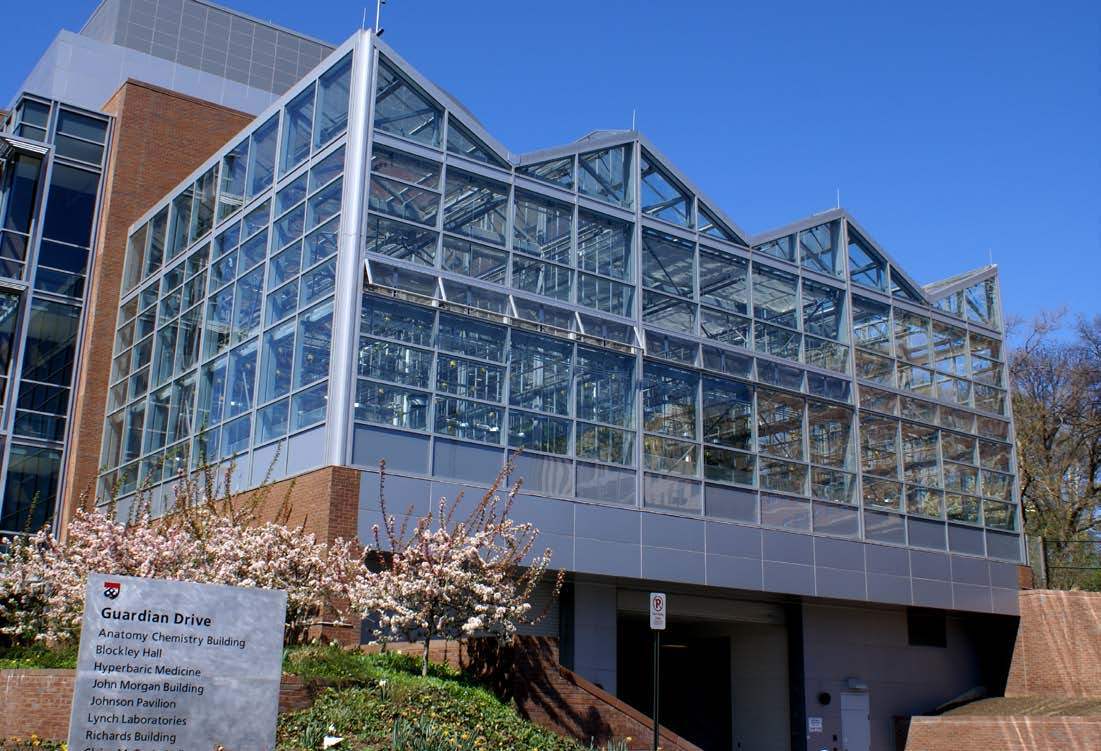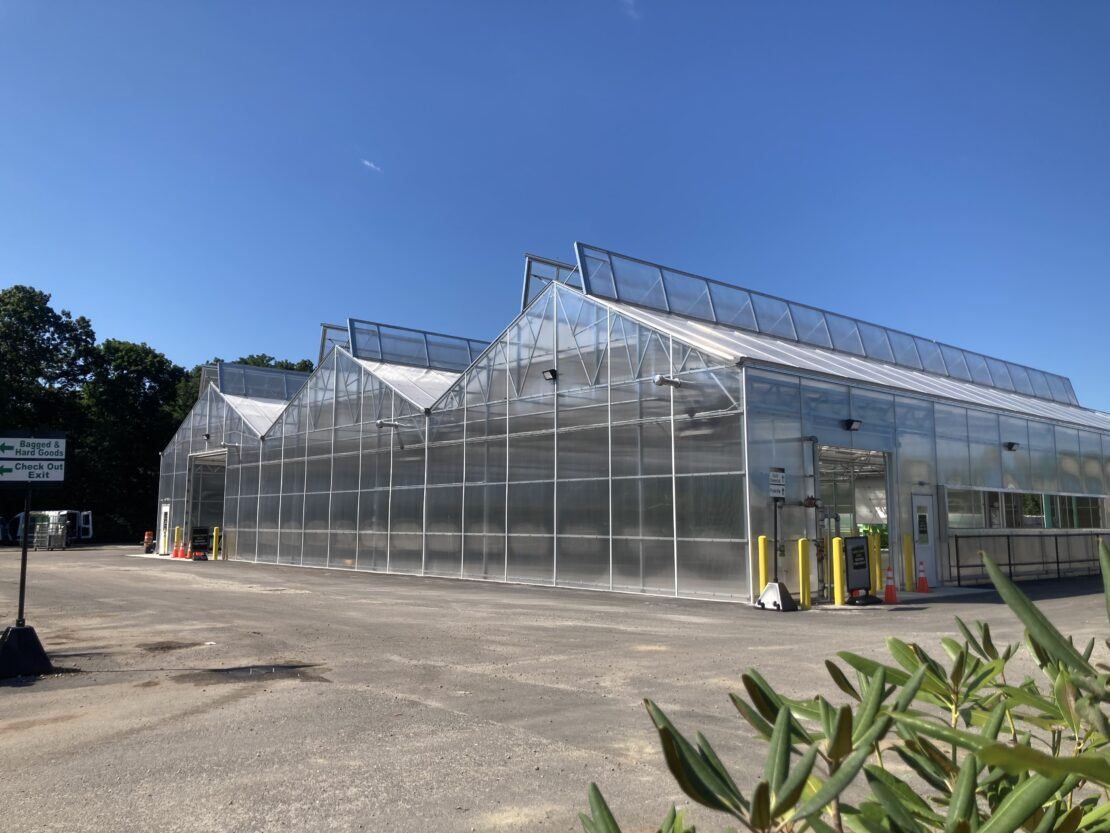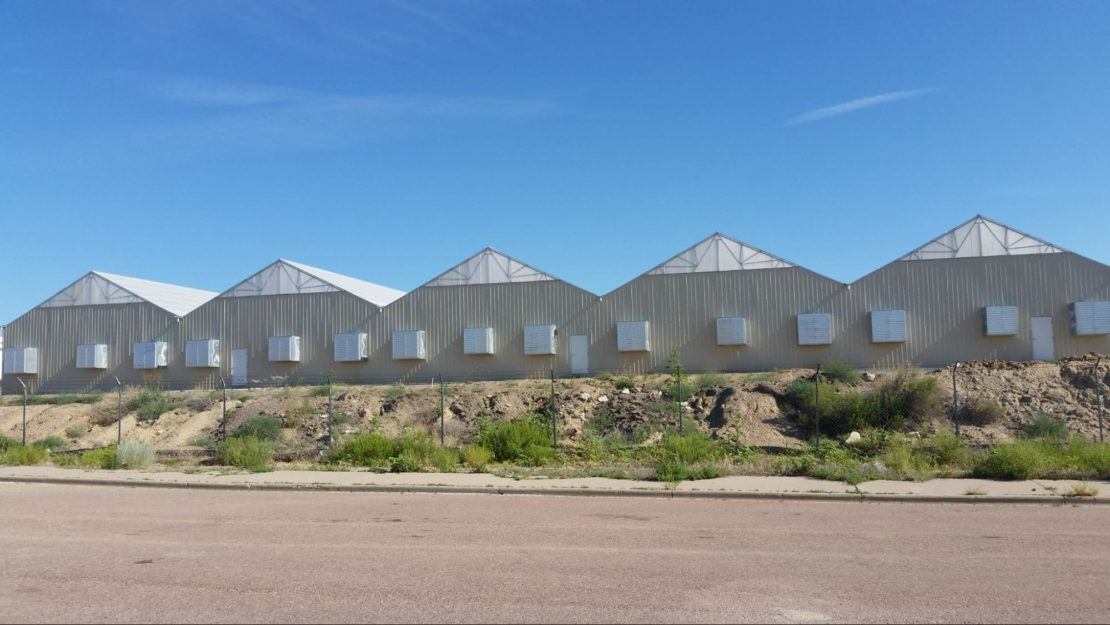The commercial greenhouse building process is a detailed but rewarding endeavor. Commercial greenhouses come in different styles and sizes to fit all types of commercial operations. In addition, these structures allow growers to control environmental factors and create ideal conditions for crops and plants.
If you’re looking to add a commercial greenhouse to your business, connecting with the right expert for the greenhouse building process is important. A successful installation takes time and coordination, and the team at Prospiant is here to help.
Three Types of Greenhouses
Before deciding what direction to take your greenhouse building, it helps to understand the different types of structures growers can use. Here are 3 common greenhouse styles:
1. Attached – An attached greenhouse is built against an existing structure. So, if you already have buildings on your commercial property, you can consider adding an attached greenhouse to the side. These greenhouses are sometimes called lean-to, window-mounted, and attached even-span greenhouses. This style doesn’t work for all commercial operations, but it can make a great addition for some growers.

2. Detached – A detached greenhouse is an independent structure not connected to other buildings. This option can be good for growers with a completely open space where they want to build or for those who want to separate their growing from other parts of their business.

3. Ridge and Furrow – Ridge and furrow greenhouses consist of a span of greenhouse structures connected by the length of the greenhouse. Usually, the shared walls in the structure are removed to provide more growing space and are instead connected by ridges or PVC pipes. By eliminating the walls in separate buildings, growers can save money and maximize space for plant growth.

The best greenhouse for your business depends on your budget, crops, and location. If you’re unsure where to start finding the proper structure, the experts at Prospiant can help with the design, planning process, building, and integration.
Commercial Greenhouse Building Steps
Once you’ve found the right structure, the next step is to make plans for a greenhouse building. As mentioned, installing a commercial hydroponic facility takes coordination and team members across specialties to be successful. You’ll need to find a contractor for your project, engineers, builders, and more. Prospiant can offer these services to commercial growers to help kickstart their commercial greenhouse project.
Let’s take a look at some of the key steps of greenhouse building:
- Get Permission – Before you invest in a commercial structure, make sure you have full permission from local, state, and federal authorities. If you grow cannabis, there may be extra steps to secure growing rights. You can consult with legal experts who can help with paperwork and other legal tasks that need to be completed before you invest in greenhouse building.
- Create Greenhouse Plans – The success of your project is largely dependent on how thorough your planning process is. Before you order materials, you’ll need to create a greenhouse plan. Connect with experts in the field who can help guide you, and work with designers and engineers who can advise on planning the construction process. This will help the process run smoothly as you plan to build a greenhouse.
- Select a Location – As part of your planning process, find the right greenhouse location. Consider the plants you grow and how much sun exposure and morning sun they need. You should also consider the local climate and any cold weather, extreme summer sun, or high winds your crops might encounter. If you know what to expect from your location, you can design your structure to protect your plants year-round.
- Measure the Space – Now it’s time to take note of the square footage and set plans for where you can keep materials during the greenhouse building process. Engineers and designers will help record measurements to ensure there’s enough space for a successful installation.
- Determine Your Foundation – The next step is to determine if your framed greenhouse needs a foundation before it can be built. Some greenhouses may be able to rest on the natural foundation, while others will need concrete to be laid beforehand. If a foundation needs to be laid, you can work with engineers and builders to secure the materials and plan the installation.
- Gather Materials and Begin Building – Once your site is prepared, you’ll need to work with a greenhouse installation team to order the material list. Then, the building can begin. One of the first steps will be to build the greenhouse frame and install the siding. Your builders and engineers can help guide this installation and ensure the frame is sturdy. Many different types of materials are used in greenhouse building, from polycarbonate panels to recycled materials to glass windows. The right materials for your greenhouse will depend on the plants you grow and the conditions you need to create to help them thrive.
- Install Ventilation – Another key part of greenhouse building is installing proper ventilation. The ventilation system will work to move warm air and replace it with cooler air to regulate the temperature inside. In cooler months, this system may also work to hold heat. There are a variety of fans, windows, and methods you can use for proper ventilation.
This is a general overview of the greenhouse building process. Remember that these steps vary by project, and the entire process may require additional steps. It can take many months to plan and build a greenhouse, so be patient as your team works together to add this addition to your commercial operations.
Grow with Prospiant
If you’re looking for a team who can assist with commercial greenhouse installation, look to Prospiant. Our team includes designers, builders, engineers, and agribusiness professionals who understand the inner workings of the greenhouse industry. Our specialists can work with you from the initial planning of your project through completion. Let’s work together to build a greenhouse that will grow your business for years.
FAQ
Do greenhouses work in the winter?
Greenhouses still work in the winter if they’re equipped with the proper environmental controls. Growers can use heating systems, light control, and other technology to create an ideal greenhouse environment in colder months.
Do I need a heater in my greenhouse?
You will likely need a heating system in your greenhouse, even if you only use it in certain seasons. Heating systems help keep the temperature stable for your plants at night or during the winter when the natural climate is too cold for crops to thrive.